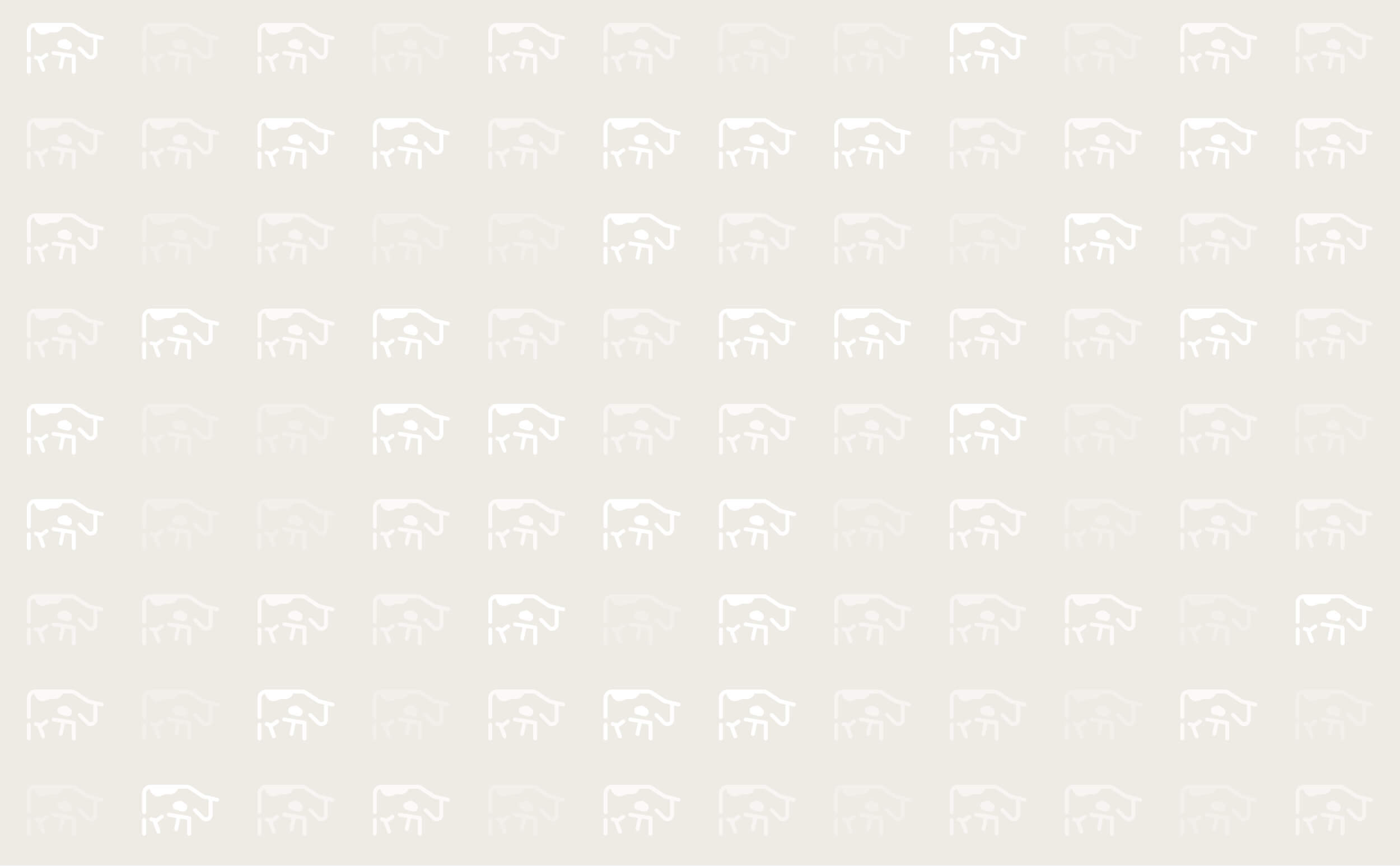



Displaced Abomasum in Cattle
The abomasum (or true stomach) normally lies on the floor of the abdomen, but can become filled with gas and rise to the top of the abdomen, when it is said to be ‘displaced’. The abomasum is more likely to be displaced to the left (LDA) than the right (RDA).
Cause
Calving: The majority of cases occur soon after calving. During pregnancy the uterus displaces the abomasum, so that after calving the abomasum has to move back to its normal position, increasing the risk of displacement.
Atony of the abomasum: If the abomasum stops contracting and turning over its contents, accumulation of gas will occur and the abomasum will tend to move up the abdomen. This tends to be a cause of inadequate nutrition.
Symptoms
- Loss of appetite
- Drop in milk yield
- Reduced rumination
- Mild diarrhoea
Treatment
Treatment requires replacing the abomasum in its normal position. Preferably, the veterinarian also prevents recurrence by tacking the abomasum to the body wall.
Surgery can be performed, however isn't always necessary. Often the abomasum can be returned to its usual place by casting and rolling the animal onto its back, permitting the abomasum to "float" back into its normal position.
Rolling can be used in conjunction with toggling, where a toggle is passed through the skin into the abdomen and twisted fixing the abomasum in the correct position. This significantly reduces the relapse rate.
Prevention
Prevention should be aimed at ensuring dry matter intake is maintained in early lactation:
- Ensure cattle are not too fat at calving (i.e. >3.5 BCS);
- Feed high quality feeds, with good quality forage;
- Feeding a total mixed ration as opposed to concentrates;
- Ensure plenty of space at feeding sites;
- Minimise changes between late dry and early lactation ration;
- Prevent and promptly treat, diseases such as milk fever, metritis, toxic mastitis and retained afterbirth which reduce feed intake;
- Maximise cow comfort, minimise stress.
It is likely that a farm with numerous DA problems is feeding the late dry and/or early lactation cows wrongly.

